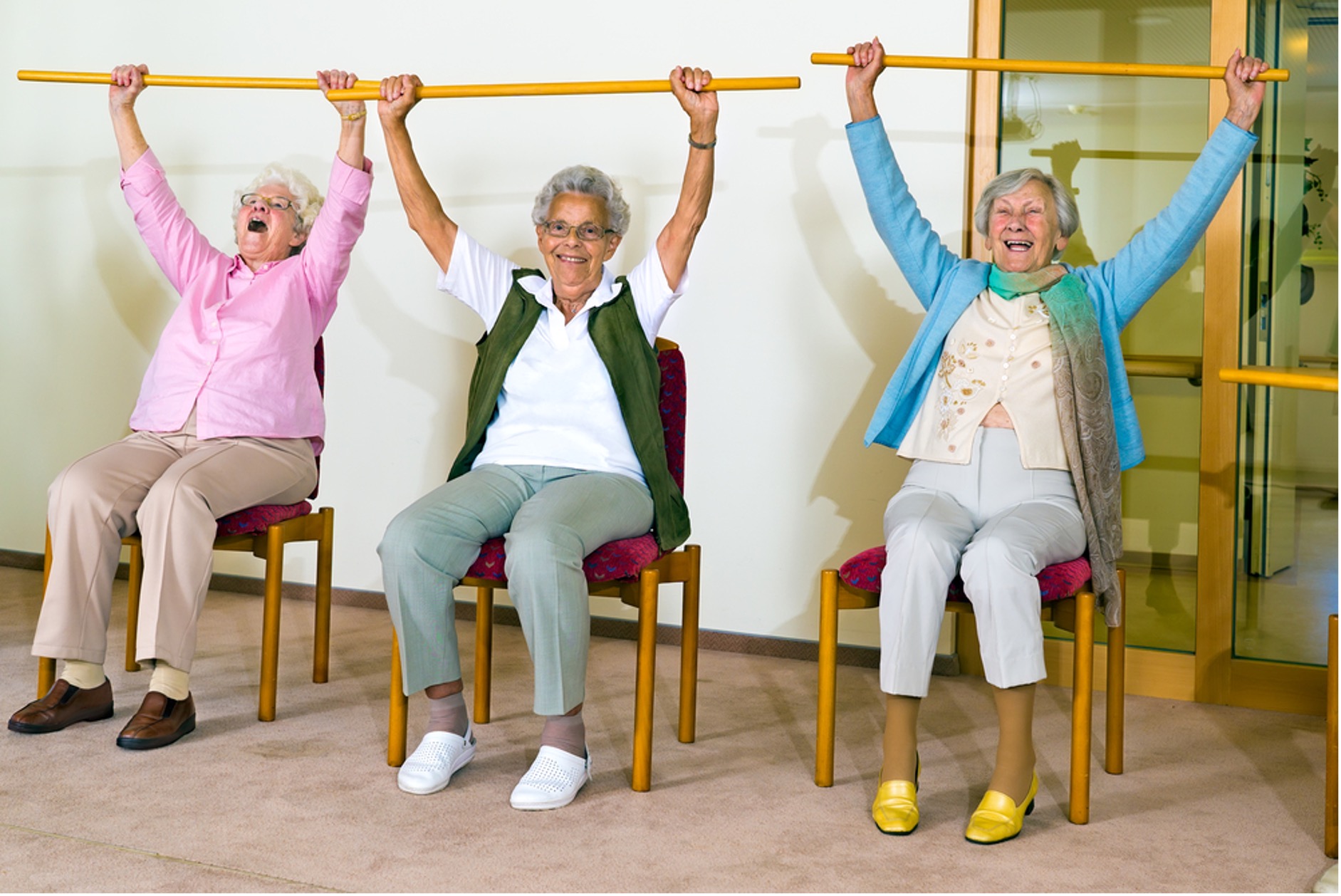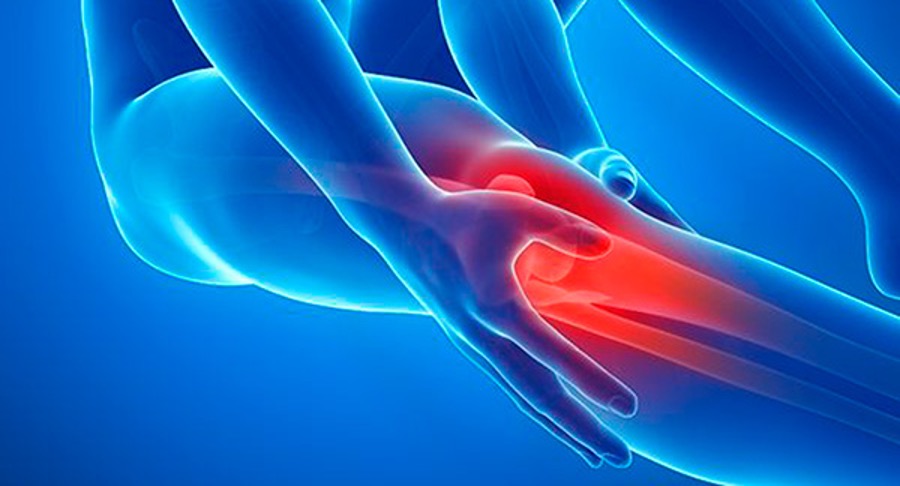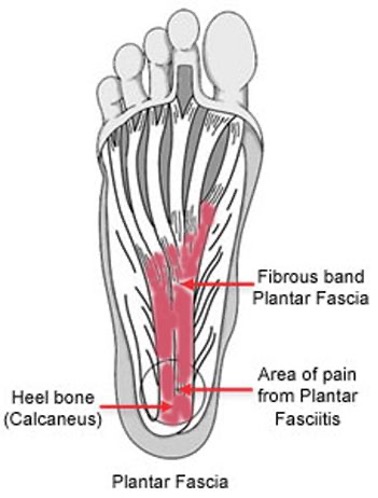When we think about muscles, we tend to think of fitness, strength training, and toning. While muscles are responsible for moving our bodies, the muscular system also has other important functions in the body.
The muscular system
The muscular system is made up of three types of muscles: skeletal, cardiac and smooth. Here’s a breakdown of the three muscle types and what they do.
- Skeletal muscles are attached to bones and create movement. They require conscious or voluntary movement. Skeletal muscles are generally grouped into opposing pairs (e.g. biceps and triceps). The body contains more than 600 skeletal muscles. They are also called striated muscles, since they appear striped.
- Cardiac muscles are specific to the heart. They create pulsing that pumps blood through the heart and body. Cardiac muscles contract and relax without our conscious awareness, therefore are known as involuntary muscles.
- Smooth muscles are layered sheets of muscle tissue that line internal organs and vessels and contract in waves. These involuntary muscles are responsible for propelling things throughout the organs e.g. food through the digestive tract; urine through the bladder.
Muscle health and nutrition
Healthy muscles need exercise and proper nutrition. Muscle tissue requires protein, glucose from carbohydrates, electrolytes and minerals such as calcium, magnesium, potassium and sodium to function.
Skeletal, cardiac and smooth muscles all share the same composition, even though they have different roles in the body. A muscle is made of tightly bundled elastic fibres that are wrapped in a thin membrane. Individual muscle fibres are made of protein blocks.
Skeletal muscle movement is driven by the neuromuscular system. The brain sends a signal to motor nerves, which then release a chemical. Calcium is released into the cells and the muscle contracts in response.
Muscle disorders
Muscle disorders are collectively known as myopathies. Some common disorders that affect muscles, include:
- Overuse resulting in sprains, tendonitis, bruising and cramping.
- Genetic conditions, including muscular dystrophy and Parkinson’s disease.
- Inflammation, such as myositis.
- Diseases of the nerves that affect muscles, including multiple sclerosis and motor neurone disease.
- Chronic conditions, such as fibromyalgia
- Some cancers.
Can a physiotherapist help treat muscle disorders?
Yes, we are here to help you! We help diagnose and treat a broad range of conditions that affect your bones, muscles, nerves and other parts of your body. We will assess your symptoms and develop an appropriate plan to manage them and improve your quality of life. We use treatment techniques, such as soft tissue massage, joint manipulation, dry needling, and exercise prescription.
If you are experiencing muscle pain, we can help by creating an appropriate treatment plan. Give us a call on (08) 9203 7771 or make an appointment today.
References:
- Better Health Channel. (2012). Muscles. [Online]. Available at: https://www.betterhealth.vic.gov.au/health/conditionsandtreatments/muscles (Accessed 19 February 2022).
- (2018). Human Body Maps: Muscular System. [Online]. Available at: https://www.healthline.com/human-body-maps/muscular-system#1 (Accessed 19 February 2022).




